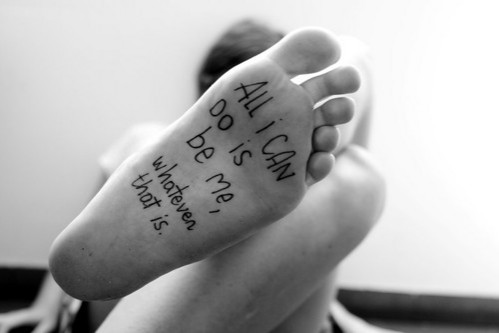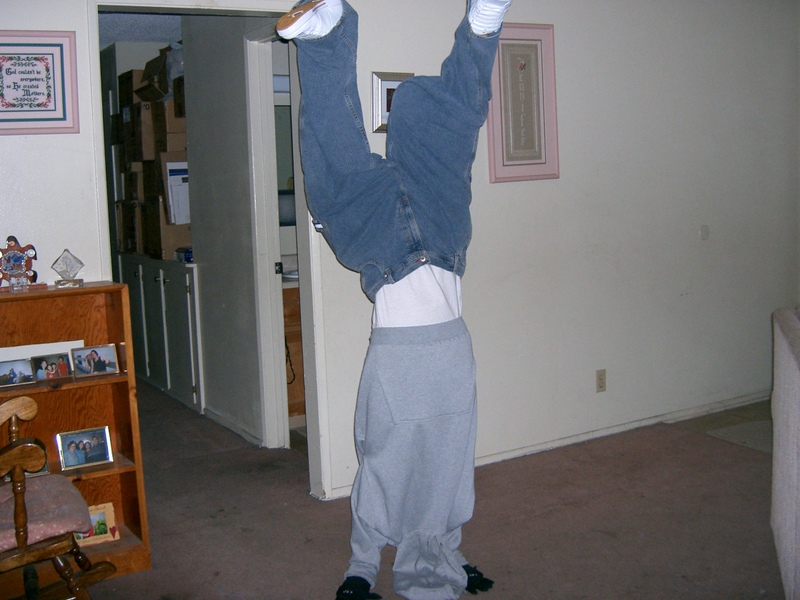Make Funny Pictures Of Yourself Biography
 Make Funny Pictures Of Yourself
Make Funny Pictures Of Yourself  Make Funny Pictures Of Yourself
Make Funny Pictures Of Yourself  Make Funny Pictures Of Yourself
Make Funny Pictures Of Yourself  Make Funny Pictures Of Yourself
Make Funny Pictures Of Yourself 
 Make Funny Pictures Of Yourself
Make Funny Pictures Of Yourself  Make Funny Pictures Of Yourself
Make Funny Pictures Of Yourself  Make Funny Pictures Of Yourself
Make Funny Pictures Of Yourself  Make Funny Pictures Of Yourself
Make Funny Pictures Of Yourself  Make Funny Pictures Of Yourself
Make Funny Pictures Of Yourself  Make Funny Pictures Of Yourself
Make Funny Pictures Of Yourself  Make Funny Pictures Of Yourself
Make Funny Pictures Of Yourself
Prior art (also known as state of the art, which also has other meanings, or background art[1]), in most systems of patent law,[2] constitutes all information that has been made available to the public in any form before a given date that might be relevant to a patent's claims of originality. If an invention has been described in prior art, a patent on that invention is not valid.
Information kept secret, for instance, as a trade secret, is not usually prior art, provided that employees and others with access to the information are under a non-disclosure obligation. With such an obligation, the information will typically not be regarded as prior art. Therefore, a patent may be granted on an invention, although someone else already knew of the invention. A person who used an invention in secret may in some jurisdictions be able to claim "prior user rights" and thereby gain the right to continue using the invention. As a special exception, earlier-filed and unpublished patent applications do qualify as prior art as of their filing date in certain circumstances.
In order to anticipate a claim, prior art is generally expected to provide a description sufficient to inform an average worker in the field (or the person skilled in the art) of some subject matter falling within the scope of the claim. Prior art must be available in some way to the public, and in many countries, the information needs to be recorded in a fixed form somehow. Prior art generally does not include unpublished work or mere conversations (though according to the European Patent Convention, oral disclosures also form prior art—see Article 54(2) EPC). It is disputed whether traditional knowledge (e.g., of medical properties of a certain plant) constitutes prior art.
Patents disclose to society how an invention is practiced, in return for the right (during a limited term) to exclude others from manufacturing, selling, offering for sale or using the patented invention without the patentee's permission. Patent offices deal with prior art searches in the context of the patent granting procedure. To assess the validity of a patent application, patent offices explore the prior art that was disclosed before the invention occurred (in the United States) or before the filing date (in the rest of the world).
Make Funny Pictures Of Yourself





Make Funny Pictures Of Yourself







No comments:
Post a Comment